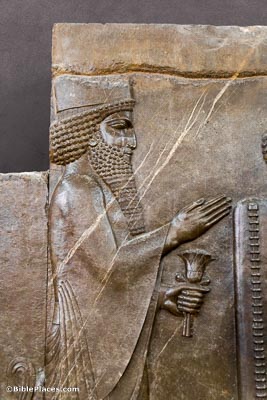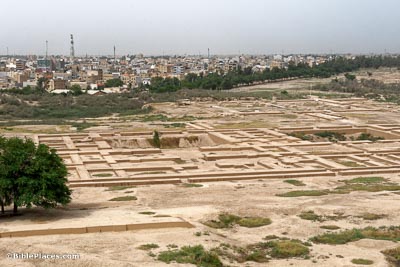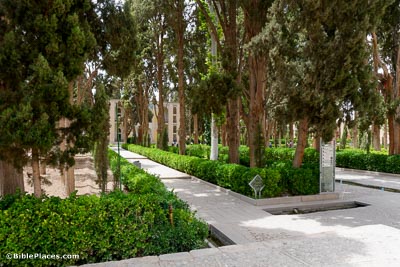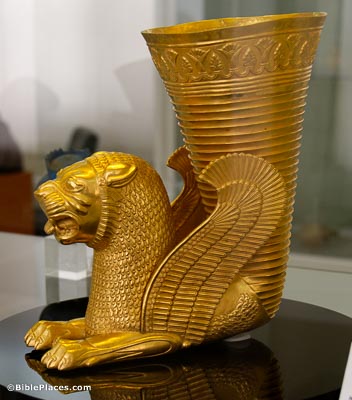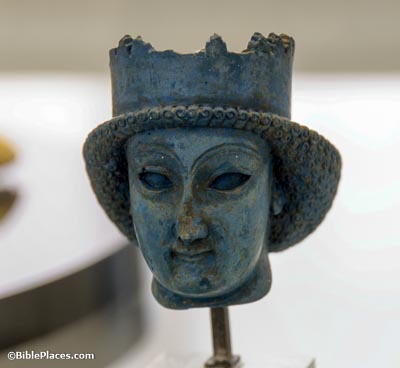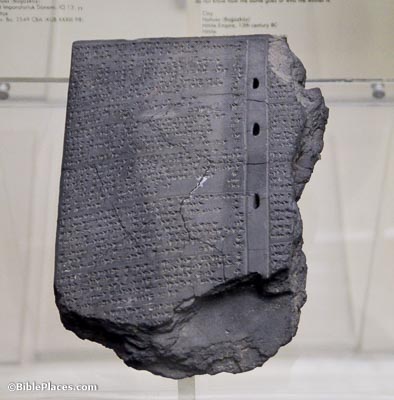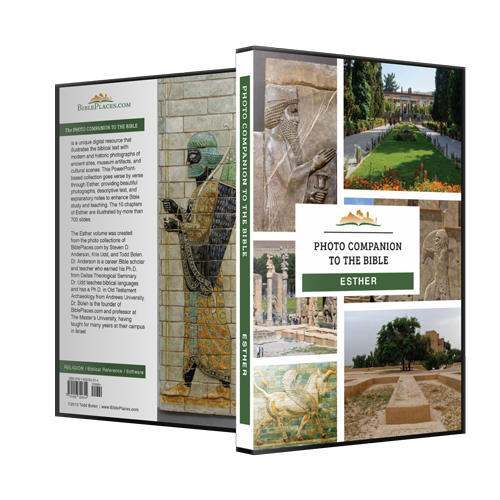Now it came to pass in the days of Ahasuerus, the Ahasuerus who reigned from India to Cush . . . (Esther 1:1)
The “Ahasuerus” of the book of Esther is recognized by scholars as the same king who was called “Xerxes (I)” by the Greeks. He reigned over the Persian Empire from 485–465 BC. An earlier “Ahasuerus” is mentioned in Daniel 9:1, and therefore Esther 1:1 distinguishes this Ahasuerus from the other one by specifying that this one ruled over a vast empire. Xerxes inherited this great empire from his father Darius I (aka Darius the Great). The king depicted on this relief is likely the very same Xerxes.
